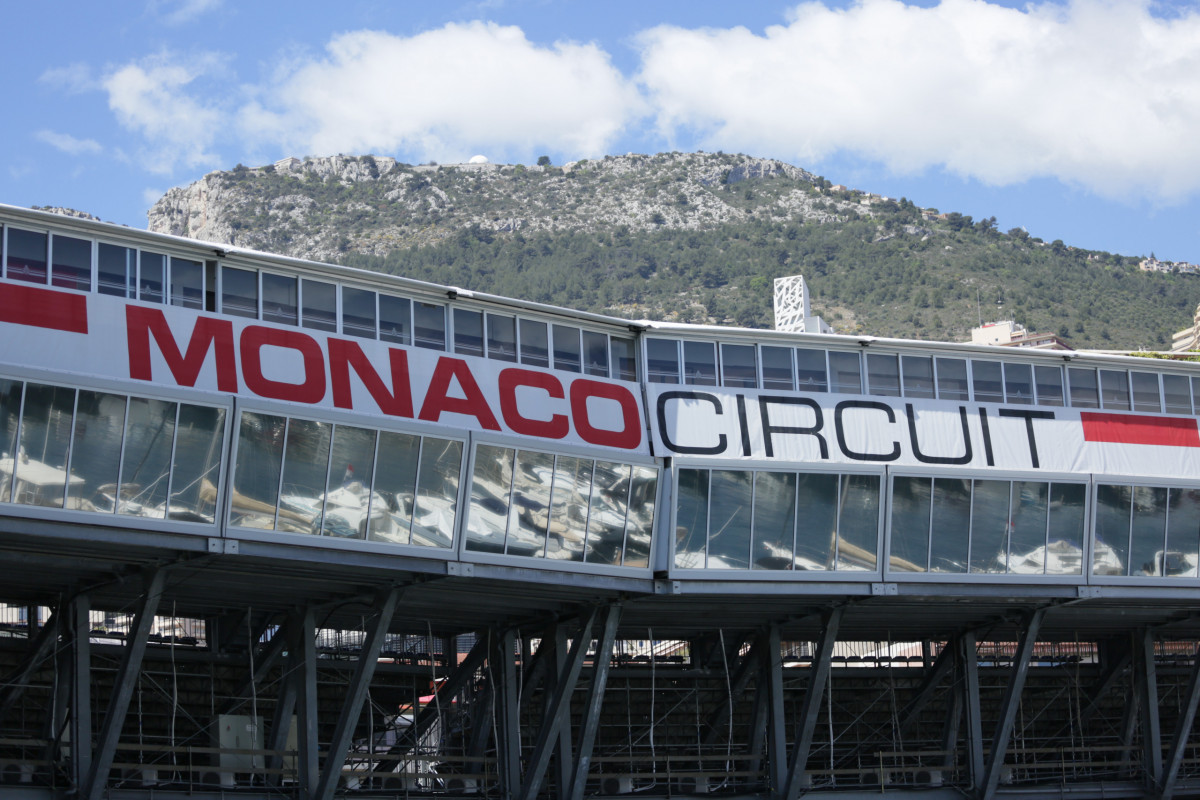Over the course of three months, the streets of Monte-Carlo take a form recognised by hundreds of millions of motorsport fans across the world. Monaco Life takes you around the metamorphic turns of the Monaco Grand Prix circuit.
The remnants of the Formula One and Formula E races never truly disappear; traces always remain. Be it the Pirelli rubber, scorched into the Monegasquetarmac, the markings of the starting grid, which don’t disappear until the February resurfacing, or the Armco holes, marked by the ACM (Automobile Club de Monaco) insignia, which demarcate the contours of the iconic circuit, you are always reminded that Monaco is the home of motorsport.
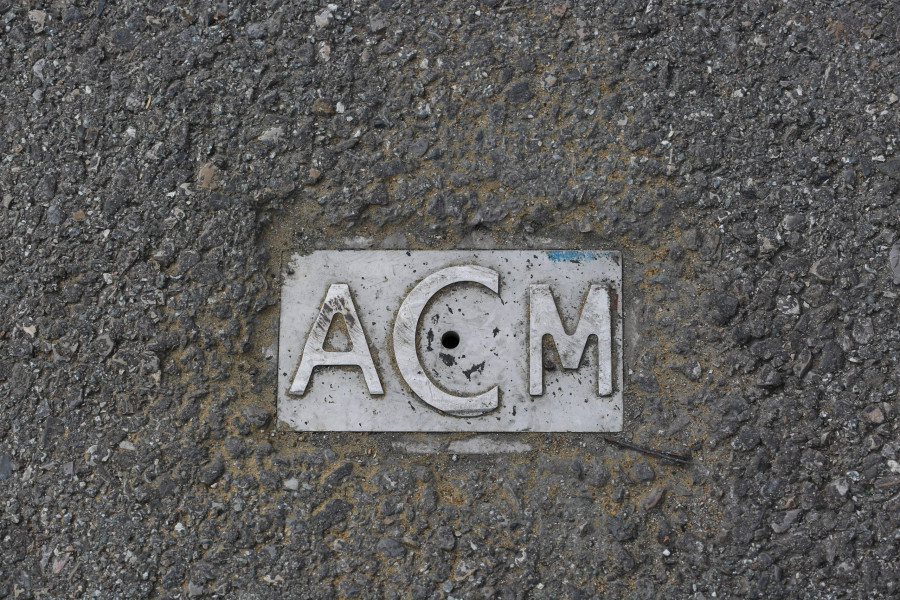
From February, however, the streets of Monte-Carlo become vastly more recognisable to motorsports fans. Monaco Life takes you around the streets of the circuit in the midst of its construction.
Turn One: Sainte Dévote
Named after the church that sits just to the left of the first turn of the circuit, this corner looks very different outside of race days. Whilst it is often a tight squeeze, often marked with a crash on the first lap as the cars make their way up the steep hill towards Casino Square, there is much more room throughout the year.
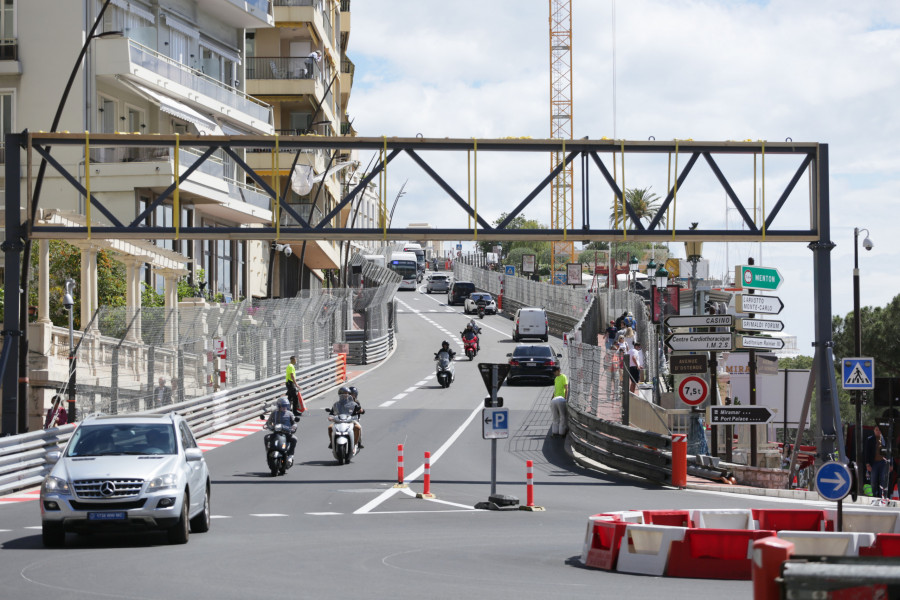
A roundabout allows the free flow of traffic in this area, although there is never a feeling of permanence to this roundabout, which is only marked by bollards.
Turn Two: Beau Rivage
The winding Avenue D’Ostende has three lanes, but it certainly doesn’t feel that way on race day. Only the bravest attempt a move on their way up to Casino Square. With the sheer width of the new single-seaters, going two abreast is a risk that many decide not to take.
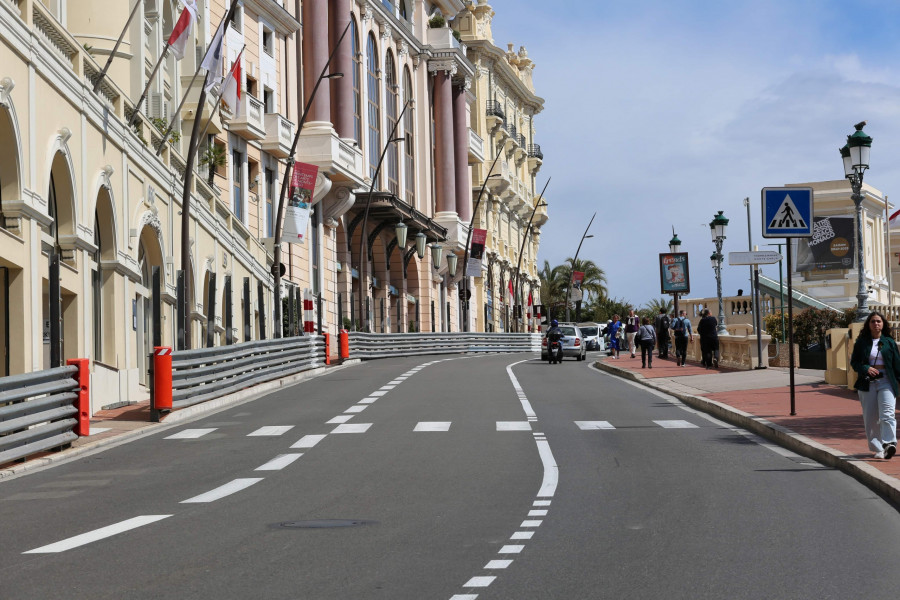
On the coverage of the race, the steep gradient of one of the most iconic avenues in the world isn’t fully appreciated, but that gradient isn’t lost on the pedestrians, who are faced with a steep climb up to the Casino.
Turn Three / Four: Massenet / Casino
Outside of race day, the track narrows as it reaches the top of the hill. Only one lane and a row of parked cars remain as the cars make their way towards the square. On the right, a wide pavement is blotched with the peeling rubber of last year’s cars.
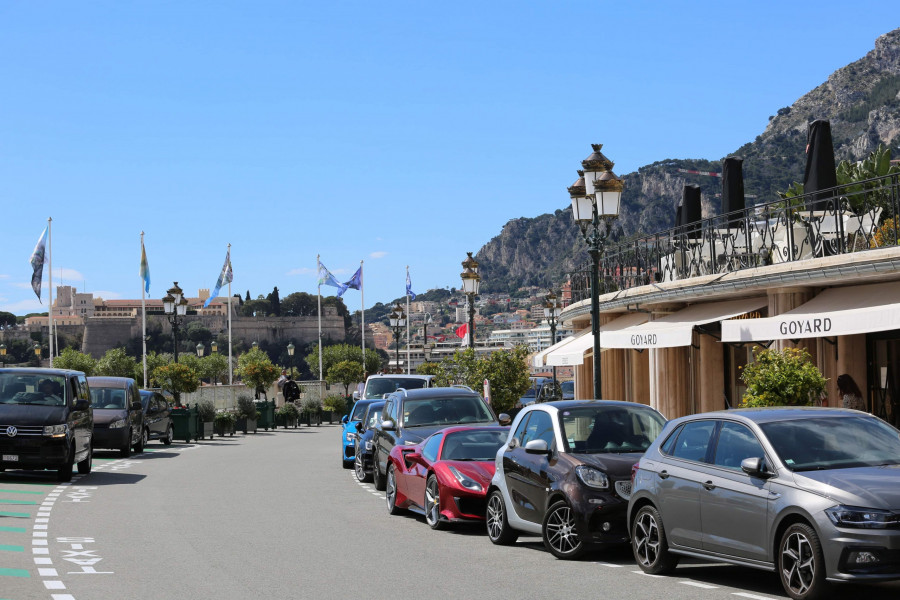

The road that usually runs through Casino Square isn’t utilised at all for the Formula One or Formula E races. Instead, the single-seaters make their way through a small stretch of tarmac that is usually reserved for the cars of visitors to the Hôtel de Paris.
Turn Five / Six / Seven: Mirabeau Haute, Fairmont Hairpin and Mirabeau Bas
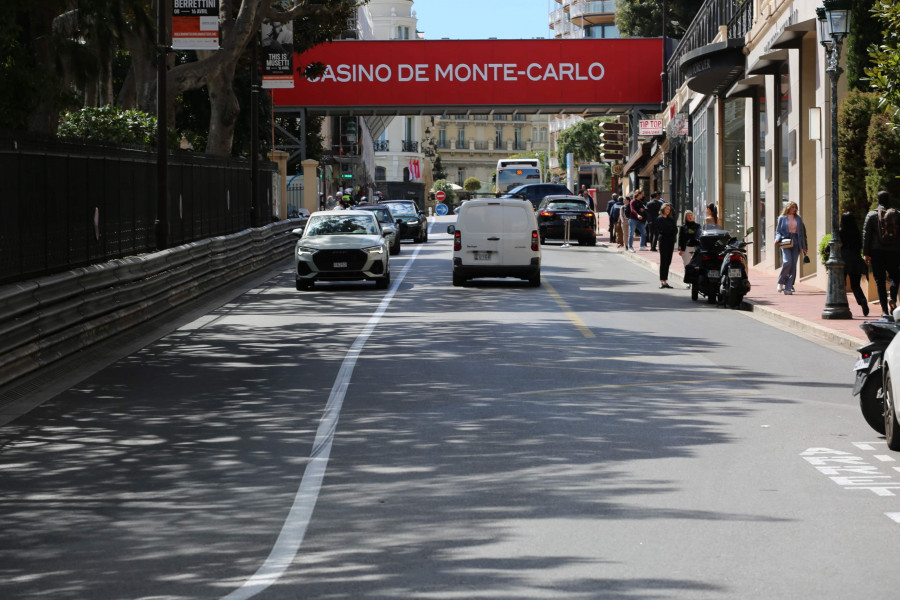
Heading down from the Casino, there is little space for pedestrians, but plenty of space for cars to overtake.
Mireaubas Haute is one of the clearest overtaking spots on a track famously difficult to overtake on.
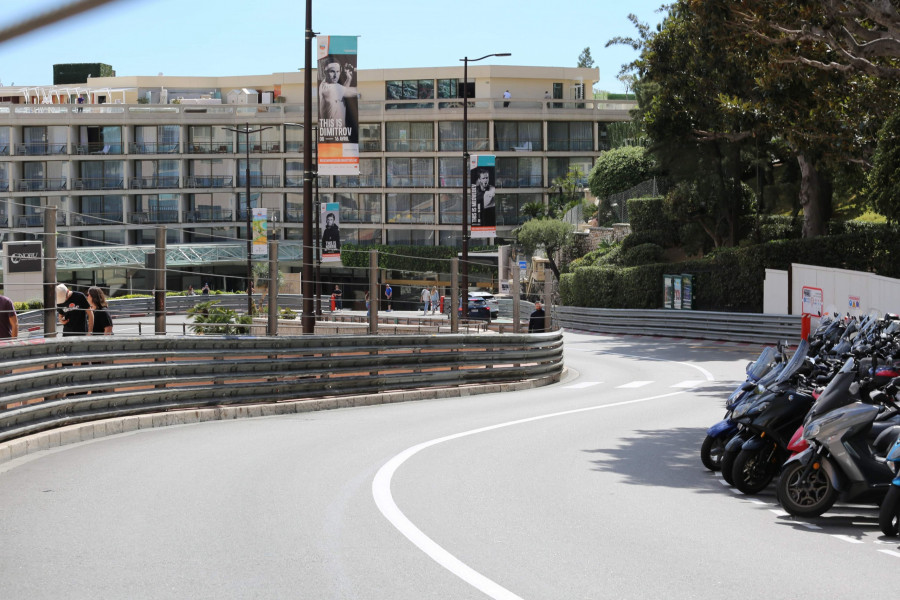
Here, more so than other points on the track, the circuit has almost taken full form, with the Armco barriers already erected.
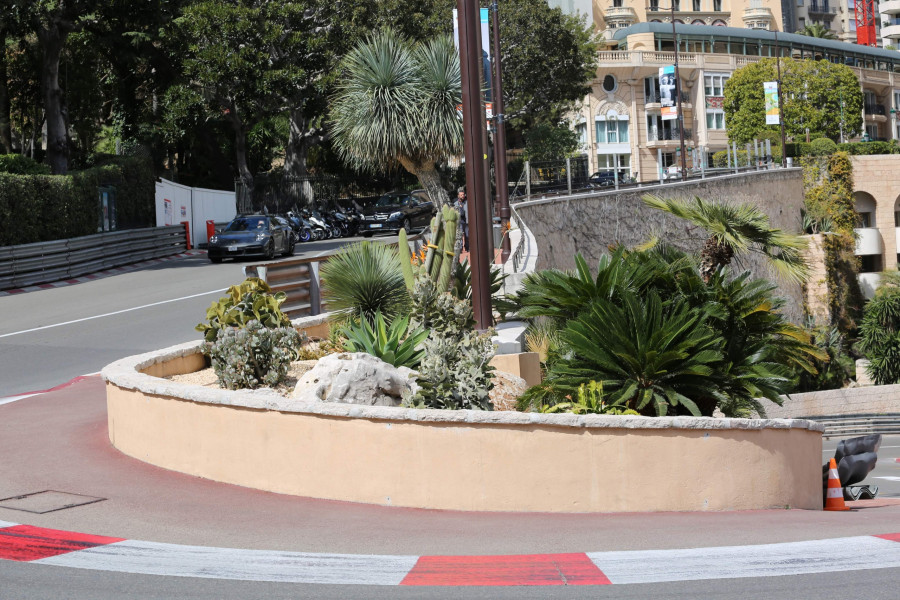
The Fairmont hairpin, the most iconic corner in motor racing and the slowest, remains the same year-round, with cars heading up towards the Casino hugging the red and white apex, which unlike at some other corners, is never removed.
Turn Eight / Nine: Portier and Tunnel
It is all change around this area of the track. Coming out of Mirabeau Bas, the single-seaters used to get a glimpse of the Mediterranean before taking the Portier turn towards the tunnel, but no longer.
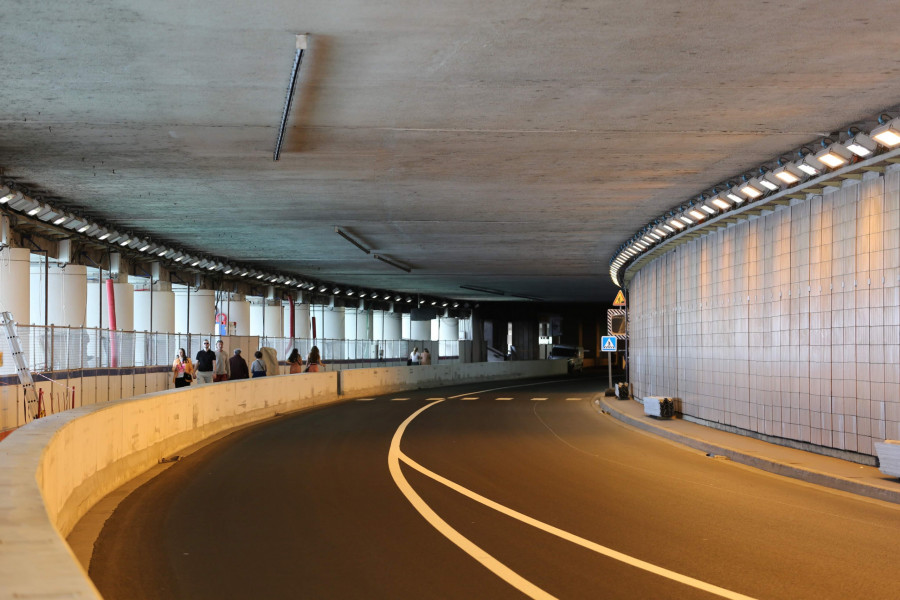
The area isn’t the most pedestrian-friendly at the best of times, and even less so currently, with a huge land reclamation project underway. The subsequent roadworks make it a difficult area to navigate, but that – of course – won’t be an issue for drivers, with work on hold during the ePrix and the F1 Grand Prix.
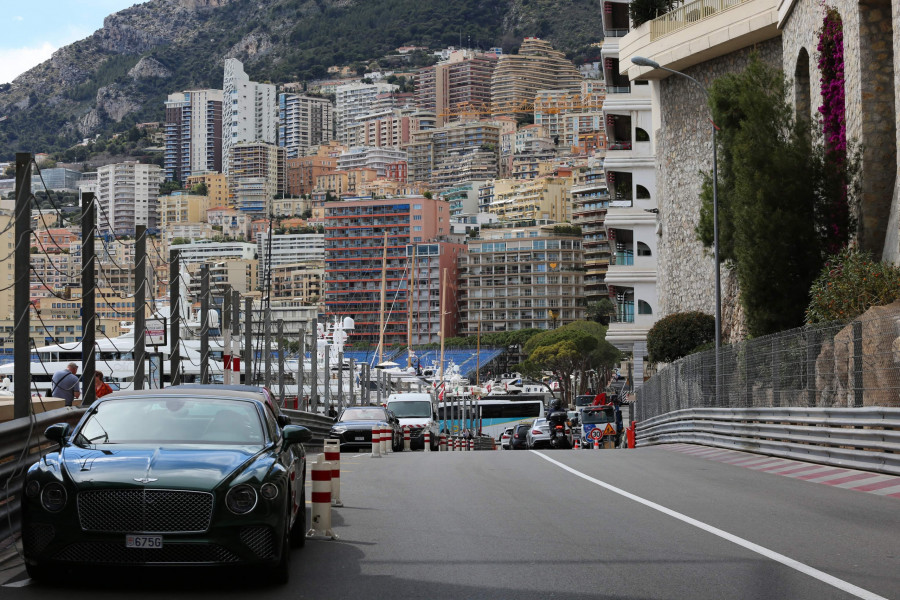
The tunnel, along with the hairpin, is arguably the most iconic part of the track. The drivers are plunged into darkness as they pass through before re-emerging back into the light as they stream past the Monaco Yacht Club.
Turn Ten / Eleven / Twelve: Nouvelle Chicane and Tabac
Rather than continuing down Boulevard Louis II and back towards Sainte-Dévote, drivers turn left into a chicane, putting them within metres of the waters of Port Hercules, before turning into what is ordinarily a car park.
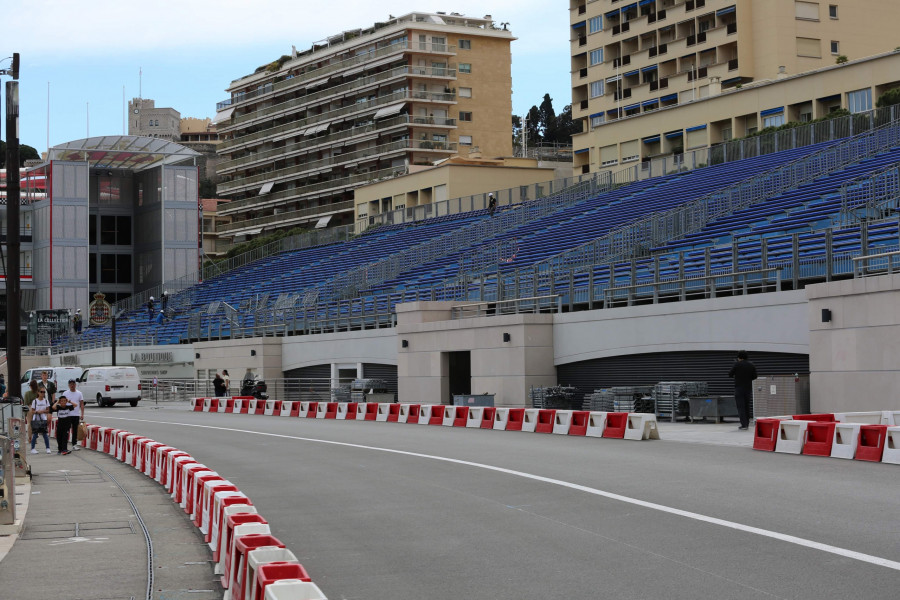
Outside of race day, the chicane is home to a bar/ restaurant looking across the port, as well as a boat shuttle service. The area inhabited by the restaurant is a runoff area for those that miss their breaking point on the short but steep decline out of the tunnel.
Midway towards Tabac, the car park then becomes the Quai des Etats-Unis, which never loses the feeling of being part of a racing track, due to its open and haphazard nature. This is where many of the thousands of fans are housed with the grandstands looming over the circuit, facing out into the Mediterranean.
Turn Thirteen / Fourteen / Fifteen / Sixteen: Louis Chiron, Piscine and Rascasse
It is around the port section that the preparations are most advanced. Grandstands are on both sides, with some on the other side of a thin stretch of water, creating a stadium atmosphere. Coming towards Piscine, there is the first glimpse of the pitlanes that are just above.
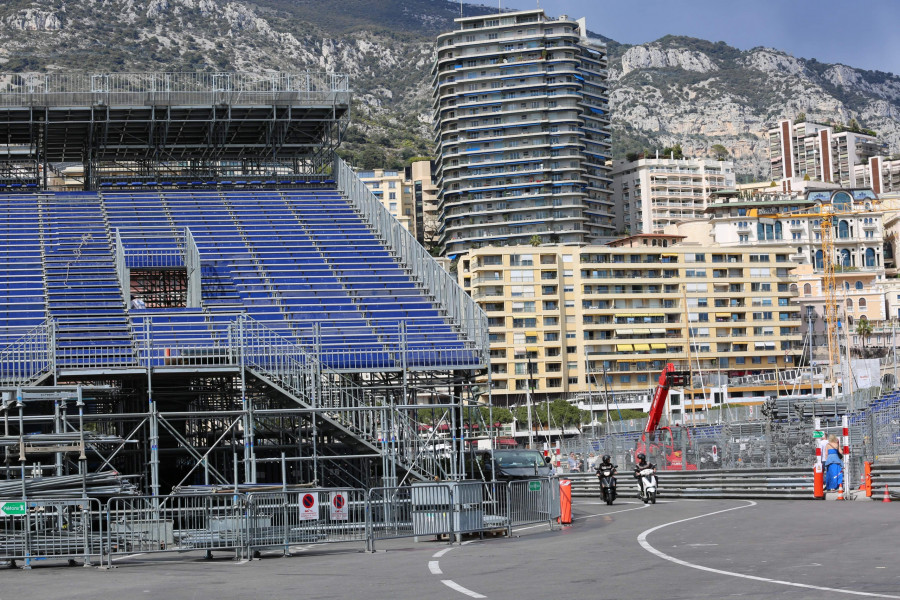
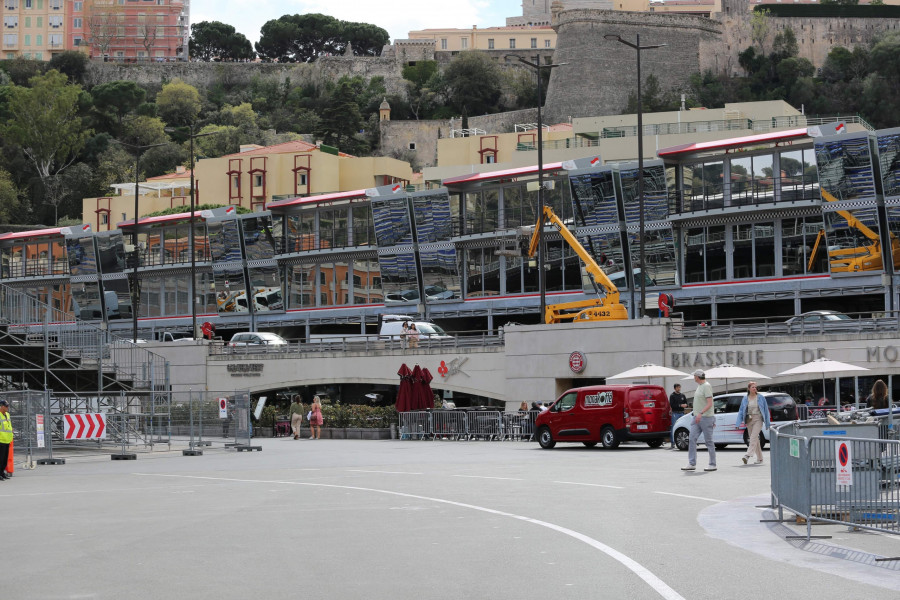
As the cars reach the end of the Port, they reach Rascasse, named after the bar La Rascasse, from which a lucky few can view the race. However, in this thin stretch, there are many thousands more watching from the grandstands.
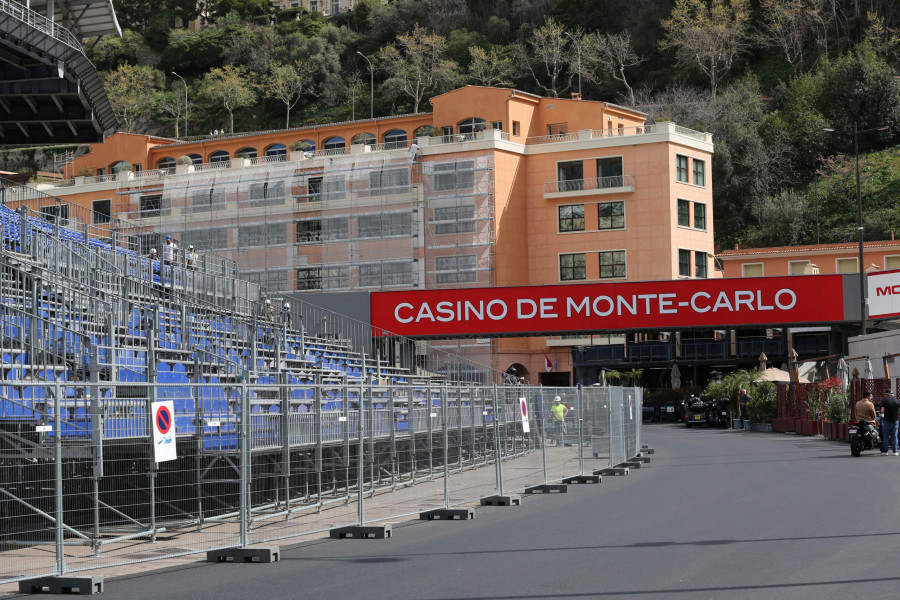
Turn Seventeen / Eighteen: Antony Noghes
Rather than continuing up the hill, towards La Condamine and the Place des Armes, where the fanzone is often located, the cars make a swift right-hand turn onto Boulevard Albert Premier – the start-finish straight.
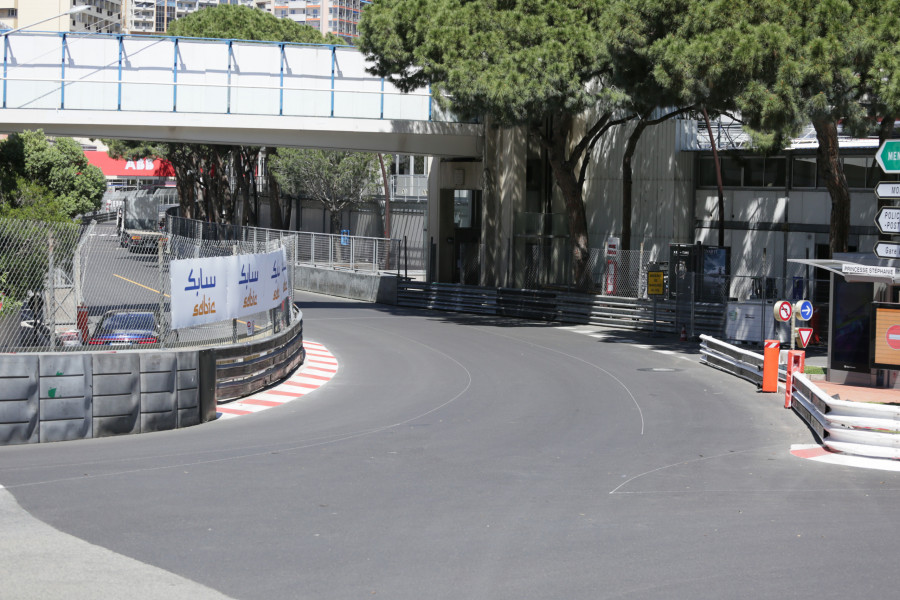
Outside of the preparations, the pitlane, which comes just before turn seventeen, is a vast open space, which hosts a variety of events throughout the year, including expositions and markets.
However, the paddock, pit and race control centre constructed have an air of permanence about them. It is almost impossible to realise that the structures created are merely temporary.
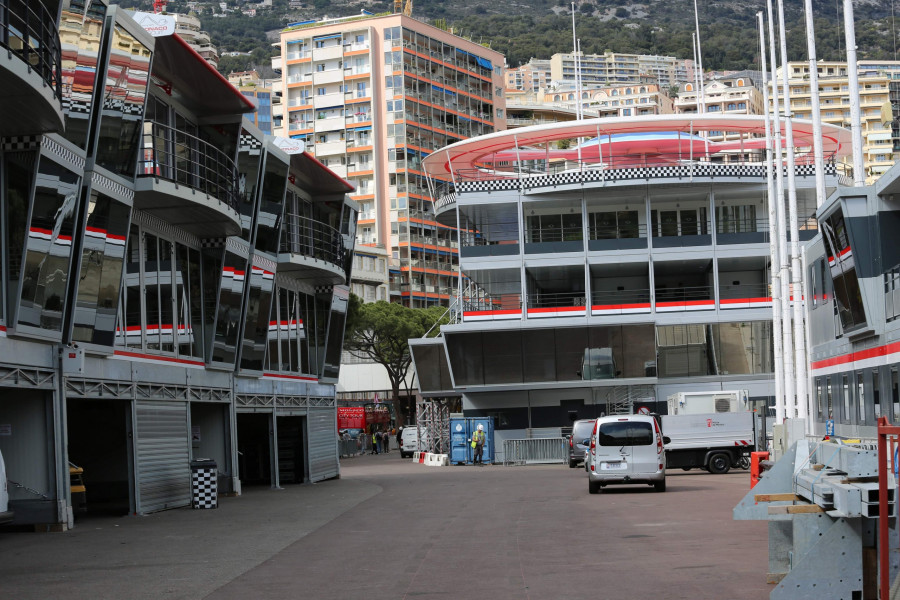
Along the start/finish straight, which leads the drivers back towards Sainte-Dévote, the start/finish line, as well as the grid markings temporarily disappear for just a few weeks during the resurfacing, before being reapplied ahead of the race.
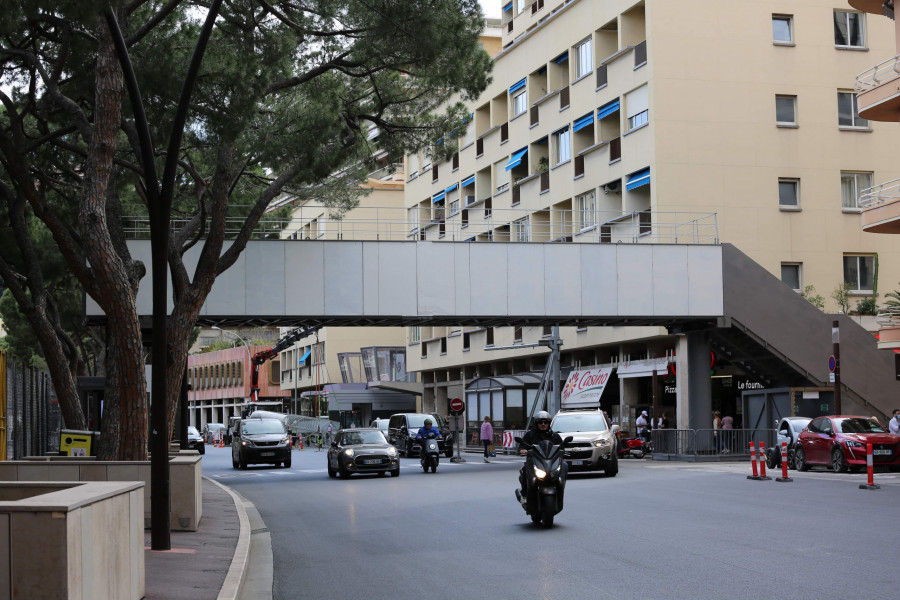
The streets of Monte-Carlo are so inextricably linked to motorsport, and it is only once the Armco barriers and grandstands are erected and the apexes are tinged in vibrant white and red that they feel like they have taken their true form.
SEE ALSO:
Sign up for the Monaco Life newsletter. For the latest news, follow us on Facebook, Twitter, and Instagram.
Feature photo by Luke Entwistle, Monaco Life
